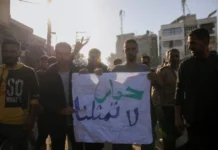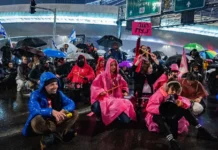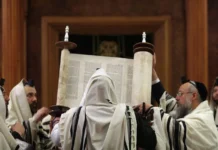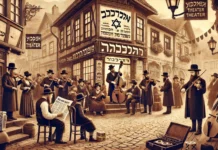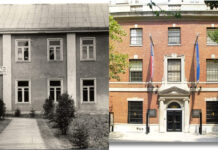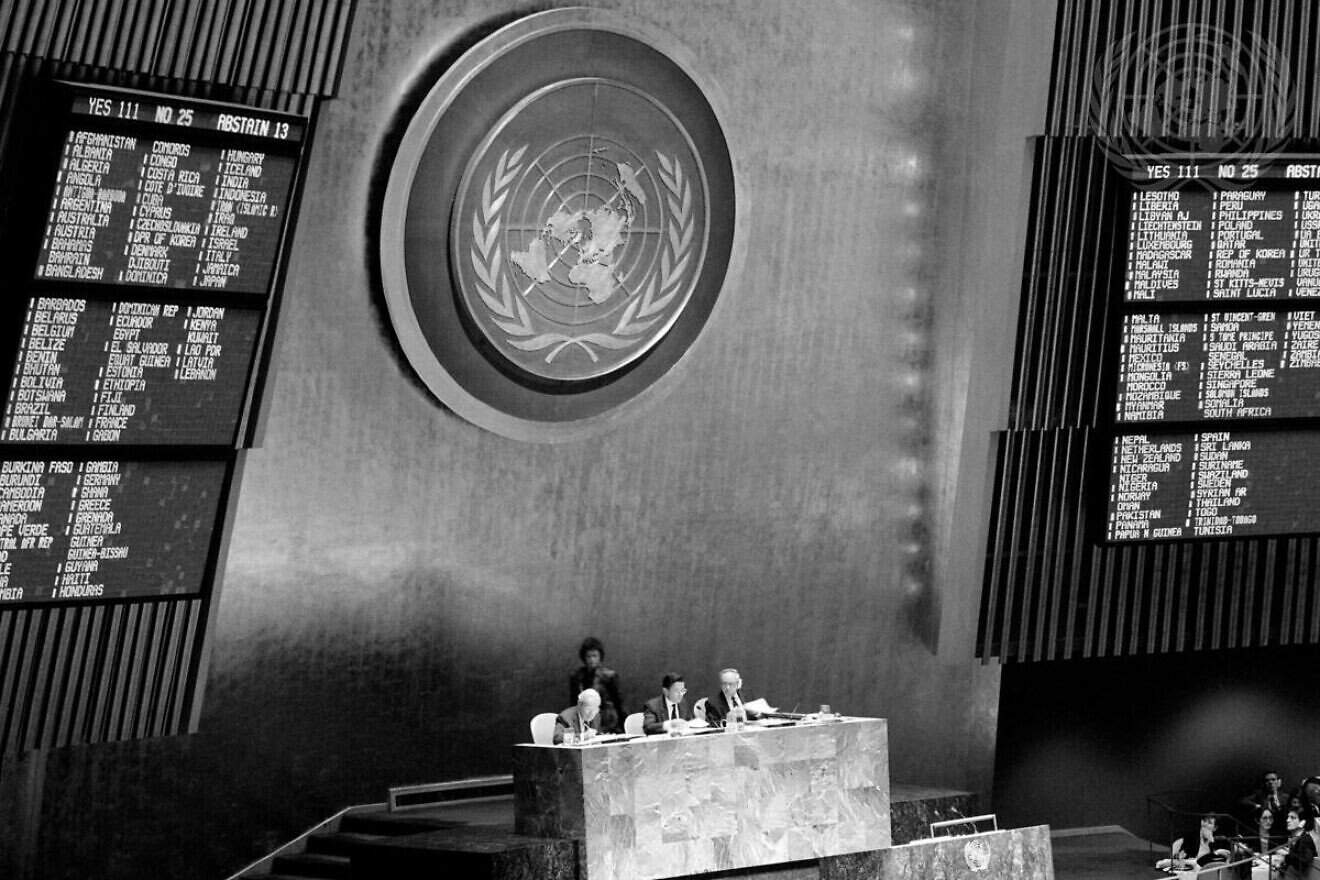The Zionist story has many details, but the basic outlines are the amazing storyline from ancient emancipation to modern rejuvenation. To understand Zionism, one needs to be familiar with its history, leaders and philosophy. To understand the State of Israel, its history, leaders and policies need to be studied.
However, to understand Zionism and the State of Israel, one must also understand the Palestinian people.
The foundation of all Zionist thought is that the Land of Israel is the homeland of the Jewish people, and they alone have the right to govern it. Yet, a student of Zionism should ask, “How did Zionist leaders relate to the other people on their land?” “How should Zionists deal with the Palestinians?” and “How will Zionists deal with the Palestinians in the future?” Ignoring these questions leaves a gaping hole in Zionist philosophy.
The United Nations adopted Resolution 3379 in November 1975, which “Determines that Zionism is a form of racism and racial discrimination.” This resolution effectively made the international community officially denounce Zionism and the values of the State of Israel as racist. This resolution and its accompanying libel of Zionism as a racist ideology lasted for 16 years until the United Nations revoked the resolution in December 1991. The Arab League, led by the Palestinians, was the leading advocate for the Zionism is racism resolution. To fully understand that Zionism isn’t racism, one must understand why Palestinians mistakenly thought Zionism discriminated against them, and why they are wrong.
Early Zionists were willing to share the land of Israel with the Arabs who lived there. Before Israel was established, early Zionist leaders accepted the suggestions of both the British Peel Commission and the United Nations Partition Plan that the Jewish people and the Palestinian people split the land. At Israel’s seminal moments, Israel’s leaders reached out to the Arabs and offered peace.
Only an understanding of Arabs who lived both inside and outside of British Mandatory Palestine’s refusal to talk to the Peel Commission, their rejection of the U.N. Partition Plan and their continued intransigence in the face of numerous Israeli peace proposals can explain why there hasn’t been a Palestinian state.
It is only by researching and understanding the Palestinians, their demands and their culture of violence that one can explain that it isn’t the responsibility of Zionists to satisfy Palestinian demands. Palestinian demonization of Israel instead of Palestinian progress is the cause of their unhappiness. Misunderstanding Zionism by conflating it with Palestinian destiny and desires can only happen when the student misunderstands the Palestinians.
Palestinians accuse Israel of stealing land from the native Palestinians. If educators don’t teach that Palestinians aren’t indigenous to the land of Israel, that the Palestinians weren’t colonized and that Zionism isn’t immoral for returning the Jewish people to live in their historic homeland, then they aren’t fully explaining Zionism.
Although the study of Zionism is a study of objective facts, history and philosophy, it also contains a narrative. Every people has a story and every nation has its legends. In any good story, there is a “good guy” and a “bad guy.” For over a century, the Palestinians have tried to portray the Zionists as the bad guy. To teach the Zionist narrative properly, people must clearly explain why Zionists aren’t the “bad guys” in the Israeli-Palestinian conflict. It is only by familiarizing oneself with the Palestinian admiration of violence and terrorism in response to Zionist offers of peace that Zionists can understand their narrative.
It isn’t enough for Zionist leaders, educators, advocates and influencers to talk about the virtues of Zionism. To fully explain Zionism, the views of the other side, the anti-Zionists, must be explained as well.


